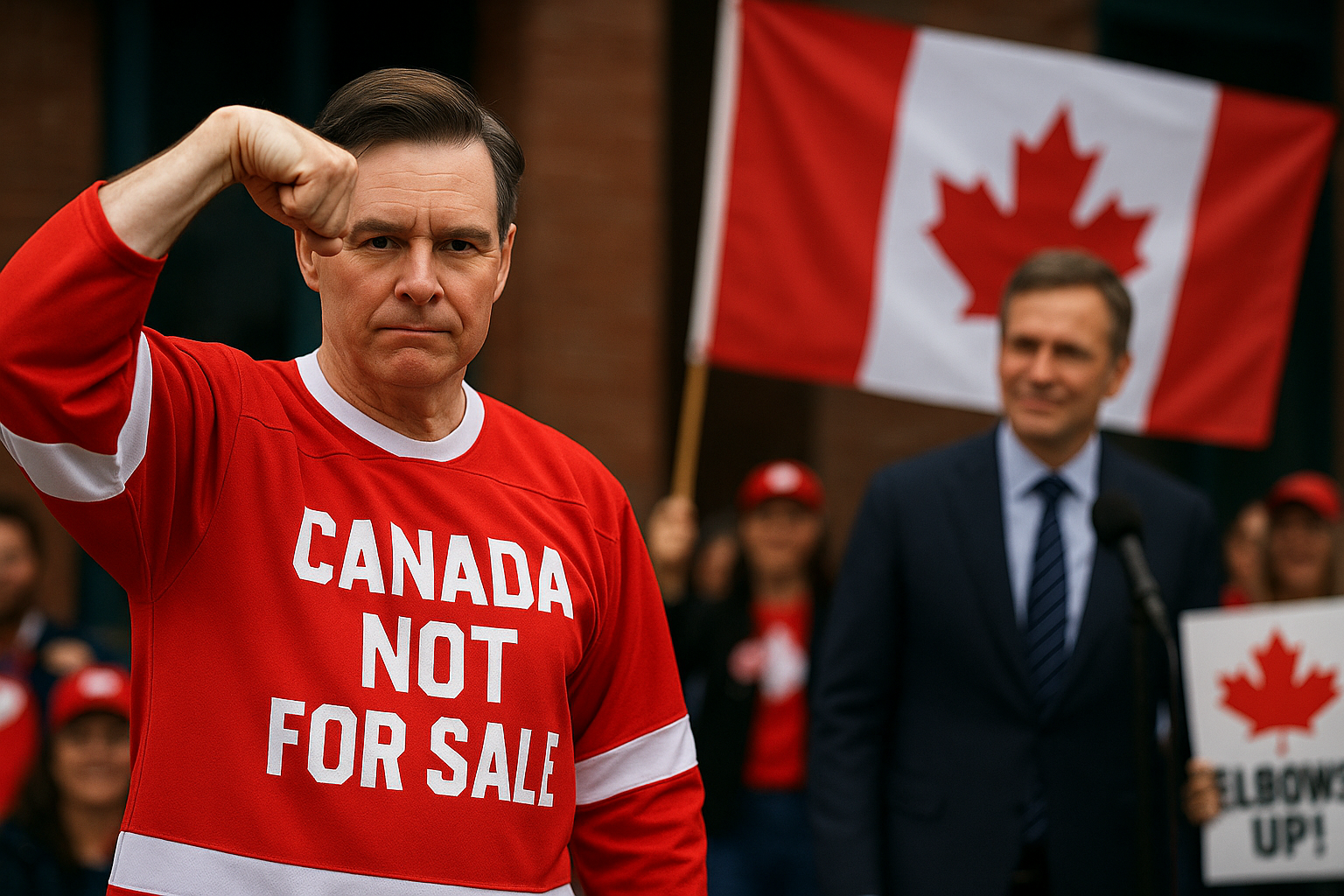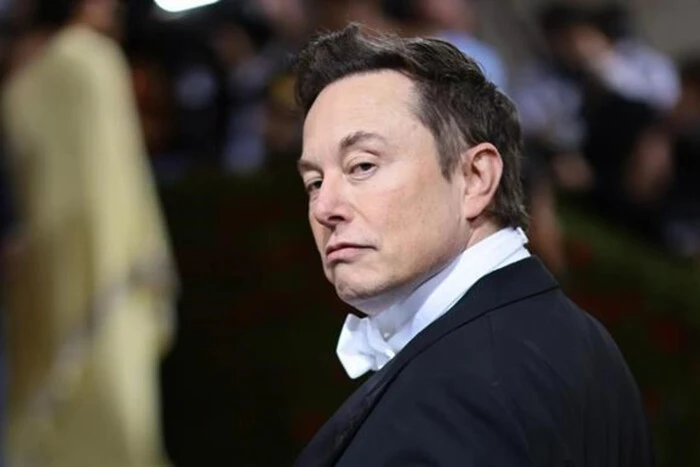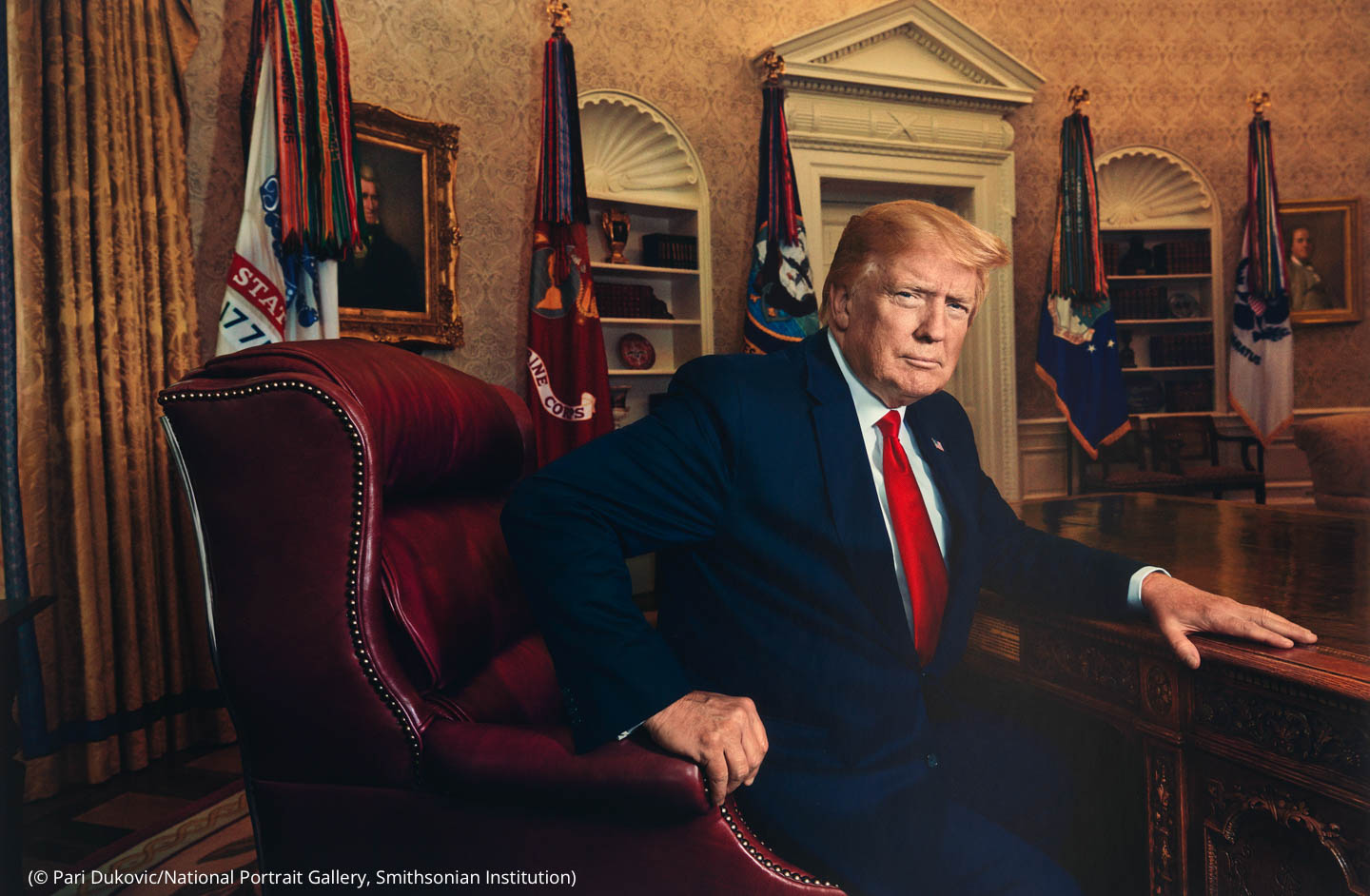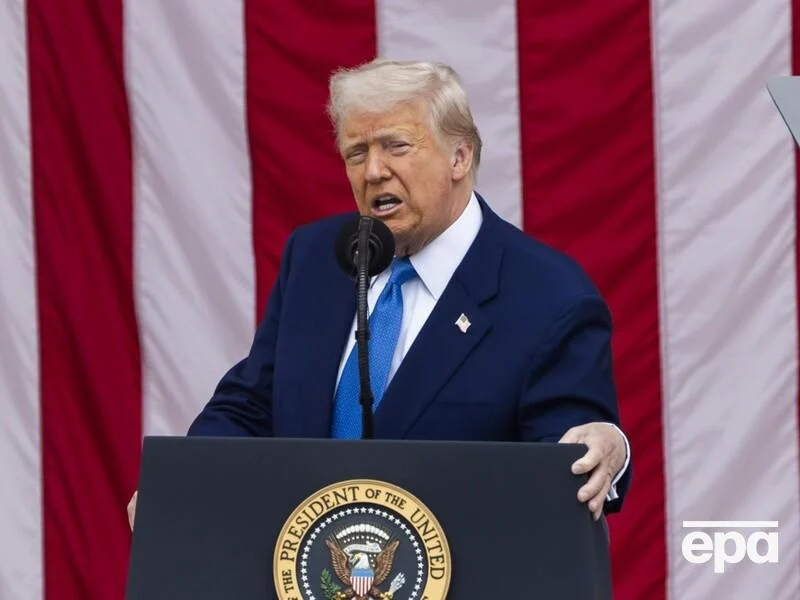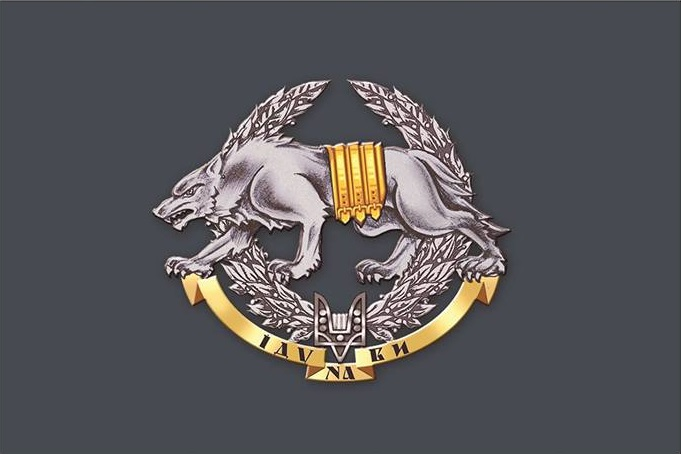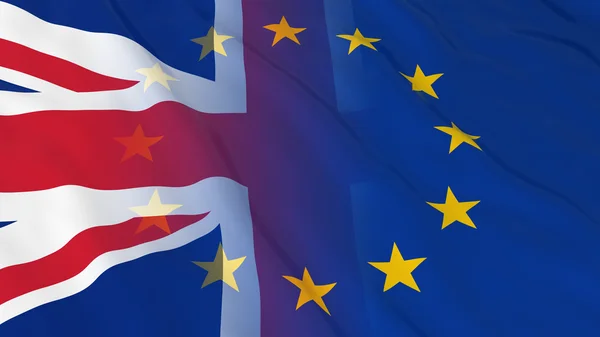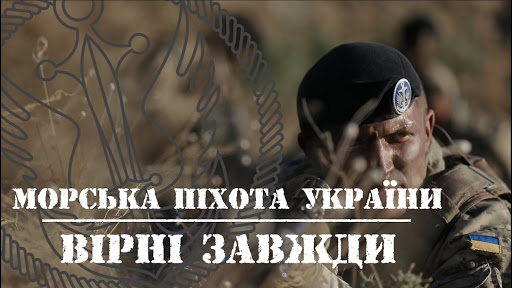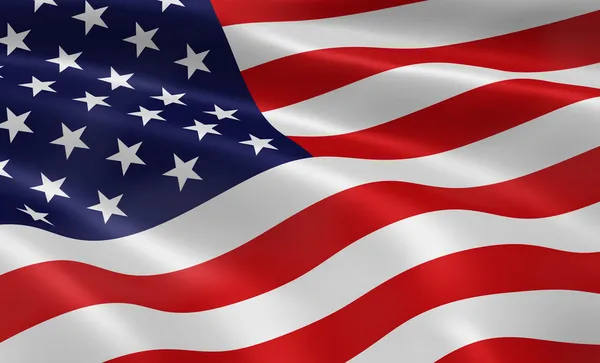How the country of politeness became a symbol of resistance
April 2025. Canada is no longer what it was yesterday. Its heart beats to the rhythm of the hockey slogan “ Elbows up!” – “Elbows up!” This is not just a call to play. It is the battle cry of a nation under economic and political attack from the south. Donald Trump, back in the US presidency, has issued a challenge: “Is Canada the 51st state?” Canada’s answer is not just “no.” It is a resounding “never”. And it is being heard in memes, on the streets, in parliament.
Trump vs Maple Leaf: a new chapter in an old game
When Trump returned to the White House in January 2025, his economic nationalism was no surprise. Tariffs, threats, “America First” slogans – it was the old routine. But this time, the target was not just trade. His statement about Canada’s “accession” as a “logical step” caused a shock. It was not just a provocation, but a challenge to the very existence of Canadian sovereignty.
Canada responded with an unexpectedly harsh response. Prime Minister Mark Carney, an ex-banker with the charisma of a goalkeeper, put the country on economic defence. New tariffs on American goods, subsidies for local producers, and the Buy Canadian campaign are just the beginning. But behind the numbers lies something more: a national spirit that has awakened after decades of dormancy.
“Buy Canadian: patriotism in every label
Imagine you’re in a supermarket. You scan a barcode. The app on your phone reads: “American. There is a Canadian alternative”. Over the past three months, 12 million Canadians have downloaded such apps. The Buy Canadian campaign has become more than just marketing. It is an act of civil war – economic, but no less fierce.
Ipsos research shows: 78% of Canadians are willing to pay more for local products. Even if it means more expensive ketchup or beer. But there is a downside: Canadian producers cannot always replace imports. Logistics creak, prices rise, and consumers sigh. However, the boycott of American brands – from Coca-Cola to Ford – is gaining momentum.
“It’s not just about the money,” says Emily, 29, from Toronto, holding Canadian milk in her hands.
Hockey, memes, and Myers: how Canada “raised its elbows”
Who would have thought that a hockey tactic would become a symbol of resistance? It all started with comedian Mike Myers. He appeared on Saturday Night Live wearing a “Canada Not For Sale” T-shirt and received a standing ovation by raising his elbow in a gesture familiar to every NHL fan. Within a week, the slogan “Elbows up!” was all over TikTok, X, and even Molson beer labels.
Mark Carney, whose reputation as a technocrat had long overshadowed his charisma, seized the moment. His joint video with Mayers – where the prime minister wearing a hockey jersey “blocks” American imports – received 20 million views. The Liberal Party, which had been losing support since the autumn, suddenly topped the polls before the 28 April election.
“Canada is not for sale,” Carney said at a rally in Ottawa, “and we will prove it.
Economic chessboard: can Canada withstand the pressure?
The United States is an economic giant, with a GDP 15 times larger than Canada’s. Trade between the two countries accounts for 70% of Canadian exports. In 2024, the United States imported $420 billion worth of goods from Canada, and Canada imported $280 billion worth of goods from the United States. Trump calls this “robbery”. But economists shrug their shoulders: modern trade is not a zero-sum game.
However, Trump is not playing by the rules of economics, but by emotions. New duties on Canadian aluminium, timber and oil have hit the economy. Canada has retaliated in kind, but the price is high: inflation has risen to 5.2% and small businesses are complaining of losses.
“We pay for our freedom,” says economist Naomi Klein, “but the alternative is to lose ourselves.
History teaches: Canada does not give up
This is not the first attempt to “absorb” Canada. In 1774, American colonists dreamed of a “14th colony”. In 1812, the war ended with a fire in Washington, D.C., set by Canadian forces. Even in the 20th century, the idea of “unification” periodically surfaced – and each time it was met with a quiet but unwavering rejection.
Today, Canada is again at a crossroads. But this time, it is not just defending itself. It is attacking – economically, culturally, ideologically.
Patriotism with a price: what’s next?
“Elbows up!” is more than a slogan. It is a new Canadian identity. From Vancouver to Halifax, the country is learning to play hardball. But how long will the enthusiasm last? Prices are rising, the economy is shaky, and Trump is not backing down.
However, Canada has already shown that it is not just a “nice neighbour”. It is a nation ready to fight for its place in the world. And if history teaches us anything, this time Canada will say again: “We are not for sale”.
Author : Marianna Nyzhnia

